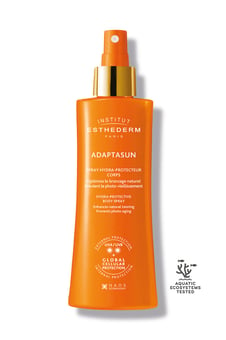PHOTO REVERSE BRIGHTENING PROTECTIVE ANTI-DARK SPOTS FACE CARE TINT LIGHT BEIGE - VERY HIGH PROTECTION
INSTITUT ESTHEDERM

PHOTO REVERSE BRIGHTENING PROTECTIVE ANTI-DARK SPOTS FACE CARE TINT LIGHT BEIGE - VERY HIGH PROTECTION
INSTITUT ESTHEDERM
PHOTO REVERSE SOIN PROTECTEUR ECLAIRCISSANT ANTI-TACHES BEIGE CLAIR
Suncare Face, Neck















